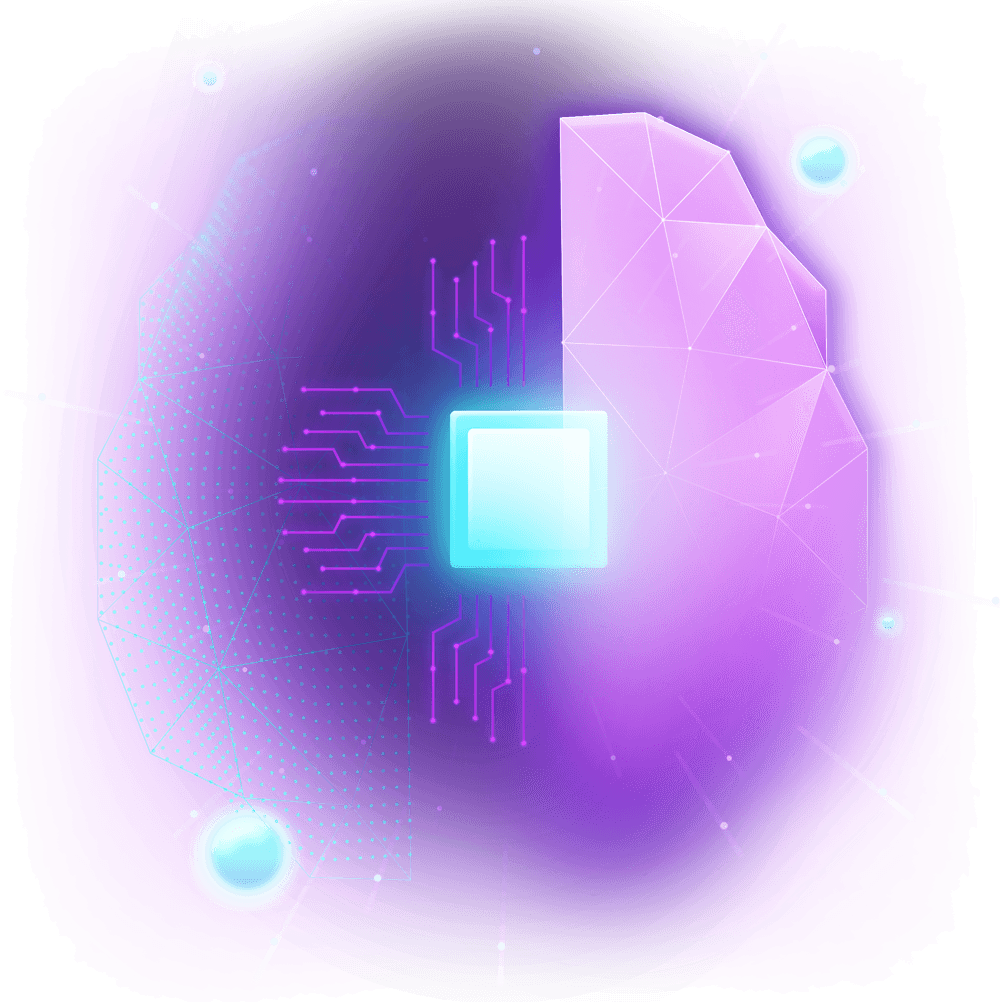rtificial intelligence (AI) has become one of the most transformative forces shaping the modern world. From self-driving cars that navigate city streets to personalized streaming services that predict our tastes, AI is no longer a distant vision of the future; it is an integral part of our everyday lives. The journey of AI began decades ago as an ambition to replicate human intelligence in machines. Today, it has matured into a sophisticated field that encompasses everything from natural language processing to advanced robotics. It promises solutions to some of humanity’s biggest challenges—healthcare, climate change, economic inequality—while also sparking debates around ethics, privacy, and the future of work.
Thanks to rapid advancements in computing power and the availability of massive datasets, AI systems are learning faster and performing tasks once considered impossible. Corporations, governments, and researchers see enormous potential in leveraging AI to revolutionize virtually every sector, including education, manufacturing, finance, and transportation. It is common to encounter AI-driven recommendations, chatbots, or voice assistants on a daily basis, reflecting the pervasive influence of this technology. Yet, for all its incredible potential, AI also raises important questions: How should it be regulated? Who benefits from these breakthroughs? And how can we ensure AI is a force for good rather than a tool for exploitation?
1. A Brief History of AI (Approx. 200 words)
To understand AI’s current capabilities and where it might lead us, it helps to look back at its origins. The field can be traced to the 1950s, when computer scientists like Alan Turing theorized about the possibility of machines that could “think.” John McCarthy, credited with coining the term “artificial intelligence,” organized the famous Dartmouth Conference in 1956, which is widely regarded as the birth of AI as a research field. Early developments were often centered on logic-based systems and symbolic reasoning. Researchers struggled to tackle complex problems, largely due to limited computational resources and an underestimation of the complexity of tasks like pattern recognition and language understanding.
Over time, AI research witnessed cycles of boom and bust, colloquially known as the “AI winters.” Funding and interest surged when breakthroughs occurred, such as the development of expert systems in the 1980s, but waned when ambitious goals proved difficult to achieve. However, the early 2000s brought new life to the field, largely fueled by the emergence of more powerful computers and the explosion of digital data. Machine learning and neural networks—algorithms loosely modeled on the human brain—gained traction as they provided more robust methods for recognizing patterns, interpreting images, and understanding language. These advancements set the stage for the AI revolution we’re witnessing today.
2. Types of AI: Narrow, General, and Beyond (Approx. 200 words)
AI can be broadly categorized into narrow AI, artificial general intelligence (AGI), and artificial superintelligence (ASI). Narrow AI (or weak AI) is the form we see most commonly today. It is designed to perform a single task, or a limited range of tasks, extremely well. Examples include voice assistants like Siri or Alexa, recommendation engines on Netflix or YouTube, and fraud detection software in banks. These systems excel in specific domains but can’t transfer their “intelligence” to other areas.
AGI, on the other hand, refers to a machine with the ability to understand, learn, and apply knowledge across a wide array of tasks—much like a human being. AGI remains an aspirational concept that has not yet been realized. It would require the machine to be as adaptable, creative, and self-aware as a human, with the capacity to reason about practically any topic or task.
ASI is a theoretical concept describing a machine’s intelligence surpassing human capability in every domain, from scientific problem-solving to emotional understanding. While it’s a fixture in sci-fi narratives, experts differ on whether ASI could emerge this century, if at all. Nonetheless, discussions around ASI highlight how profoundly such a breakthrough could change society—offering utopian possibilities or apocalyptic fears.
3. The Rise of Machine Learning and Deep Learning (Approx. 200 words)
Modern AI’s resurgence owes much of its success to machine learning and deep learning. Machine learning is a subfield of AI that gives computers the ability to learn from data without being explicitly programmed. Instead of defining a set of rigid instructions, machine learning systems analyze vast datasets, identify hidden patterns, and use these insights to make predictions or decisions. This approach is particularly valuable in areas where writing detailed rules for every scenario is nearly impossible—such as face recognition or speech-to-text processing.
Within machine learning lies deep learning, which uses layered structures called neural networks—loosely inspired by how neurons in the brain transmit information. Deep learning algorithms process data through multiple layers, each extracting increasingly abstract features. For example, when processing an image, the first layer might identify edges, the next layer might recognize shapes, and subsequent layers might detect objects or specific features like faces. This hierarchical approach enables AI systems to achieve astonishing accuracy in many tasks, including image classification, language translation, and even playing complex games like Go or poker.
These breakthroughs in machine learning and deep learning have opened new frontiers, allowing AI to tackle tasks never before considered feasible—and to do so with unprecedented speed and precision.
4. Real-World Applications of AI (Approx. 200 words)
Artificial intelligence has found its way into virtually every industry. In healthcare, AI-powered tools analyze medical images to aid diagnoses, predict disease progression, and personalize treatment plans. Pharmaceutical companies use advanced machine learning to discover new drugs and speed up clinical trials. In finance, AI algorithms detect fraudulent transactions within milliseconds and power personalized banking experiences. By evaluating a customer’s creditworthiness with remarkable detail, banks can offer tailored products and reduce risks.
Retail is also undergoing an AI-driven transformation. E-commerce platforms like Amazon rely on recommendation engines to personalize each user’s shopping experience, while physical stores use AI-driven inventory systems to manage stock levels accurately. On the manufacturing floor, robotics and predictive maintenance optimize production lines, reduce downtime, and minimize human error.
Perhaps the most visible consumer application is the rise of autonomous vehicles. Self-driving cars, guided by advanced sensors and AI algorithms, promise safer roads, less traffic congestion, and improved mobility for those unable to drive. In agriculture, AI-driven drones and sensors help monitor crop health, optimize irrigation, and increase yields while reducing pesticide use. The scope of AI applications is immense and continuously growing, offering new possibilities and efficiencies for businesses and everyday people alike.

